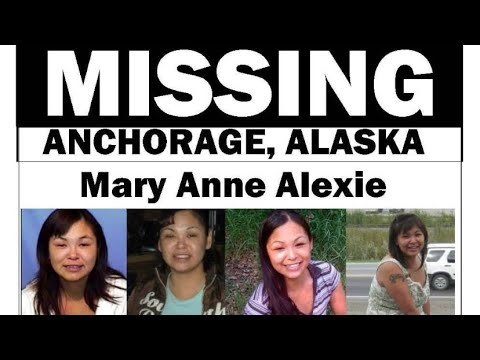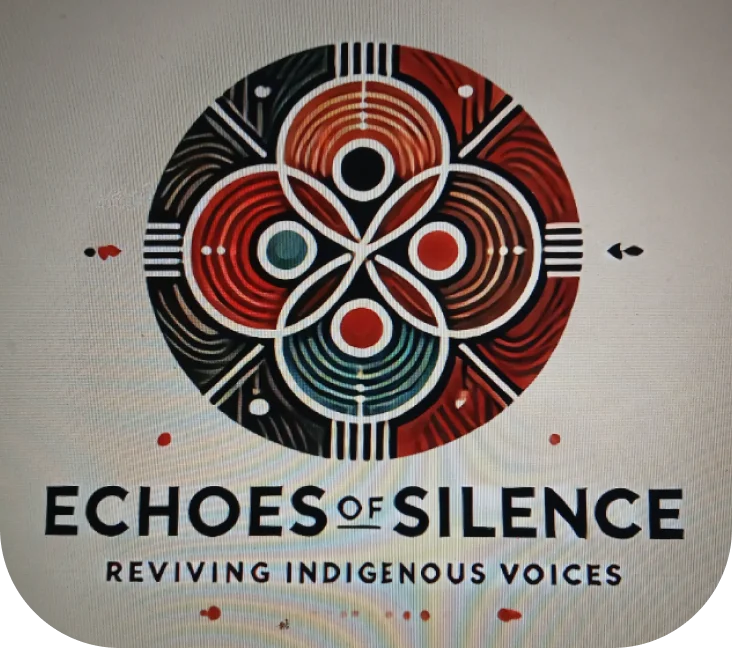Honoring Their Stories: How Sharing Missing Person Cases Creates Lasting Change

Stories have power. They connect us. They move us to action when statistics alone cannot.
Every missing Indigenous woman has a story. But too often, their voices fade before justice is served.
When Mary Anne Alexie vanished on October 10, 2012, she became more than a statistic. She was a proud Indigenous woman from Fairbanks, Alaska. A mother of four children. A dreamer who traveled to Anchorage to become a medical assistant. A life that mattered.
The night she disappeared, Mary Anne made one final call at 3:00 a.m. from Spenard, an area known for crime. She sounded disoriented. Lost. Her voice echoed into the darkness—then nothing. She was never seen again.
Her story represents countless others. Indigenous women disappear at alarming rates across North America. Their cases often receive minimal attention. Their families frequently fight alone for answers and justice.
But sharing these stories creates ripples that grow into waves of change.
Why Sharing Missing Person Stories Matters
When we share stories like Mary Anne’s, several powerful things happen:
Immediate search impact: More eyes join the search. More witnesses may come forward. Media attention increases. Law enforcement faces greater accountability.
Patterns emerge: When multiple cases are shared, we see troubling patterns. These reveal systemic failures, jurisdictional gaps, and resource inequities that must be addressed.
Families feel supported: For those searching for loved ones, knowing others care provides crucial emotional support during unimaginable trauma.
Public awareness grows: Many people remain unaware of the MMIWG2S crisis. Sharing makes the invisible visible.
Policy change becomes possible: Savanna’s Act, the Not Invisible Act, and other crucial legislation gained momentum through persistent sharing of victims’ stories.

How Sharing Creates Healing
For families like Mary Anne’s, silence compounds trauma. When no one acknowledges their missing loved one, they suffer twice—once from the loss, again from society’s indifference.
Every time we share Mary Anne’s story, we send a message to her children and family: We see you. We remember her. She matters to us too.
This acknowledgment creates space for healing. It transforms isolation into community. It honors the missing person’s life and legacy.
The Impact of Digital Amplification
Social media has transformed how we share missing-person cases. A post that might have once reached only local community members can now spread nationwide in hours.
The RIV app from EchoesofSilence.Life takes this further by creating a dedicated platform for Indigenous missing person alerts. It overcomes jurisdictional barriers that often slow traditional responses.
When Mary Anne disappeared in 2012, these tools weren’t available. How might her case have unfolded differently if thousands could have joined the search immediately?
How You Can Honor Their Stories Today
You don’t need special skills to make a difference. Simple actions create powerful impact:
- Share consistently: Post about missing Indigenous people weekly on your social platforms
- Use strategic hashtags: #MMIWG2S #NotInvisible #SayTheirNames help cases get found
- Download the RIV app: Receive and share alerts about missing Indigenous people
- Focus on humanity: Share personal details that humanize the missing person
- Respect family wishes: Some families may have cultural protocols about sharing images
The Power of One Story, Shared Persistently
Mary Anne Alexie’s story matters. She was a mother preparing for a new career. She had dreams. She had children waiting for her return. She deserves to be remembered.
By sharing her story—and others like it—we ensure that Indigenous people don’t disappear twice: once physically and again from public memory.
Each share maintains momentum in long-unsolved cases. Each repost refreshes public awareness. Each mention honors a life that matters.
Mary Anne Alexie – we haven’t forgotten you. And we never will.
